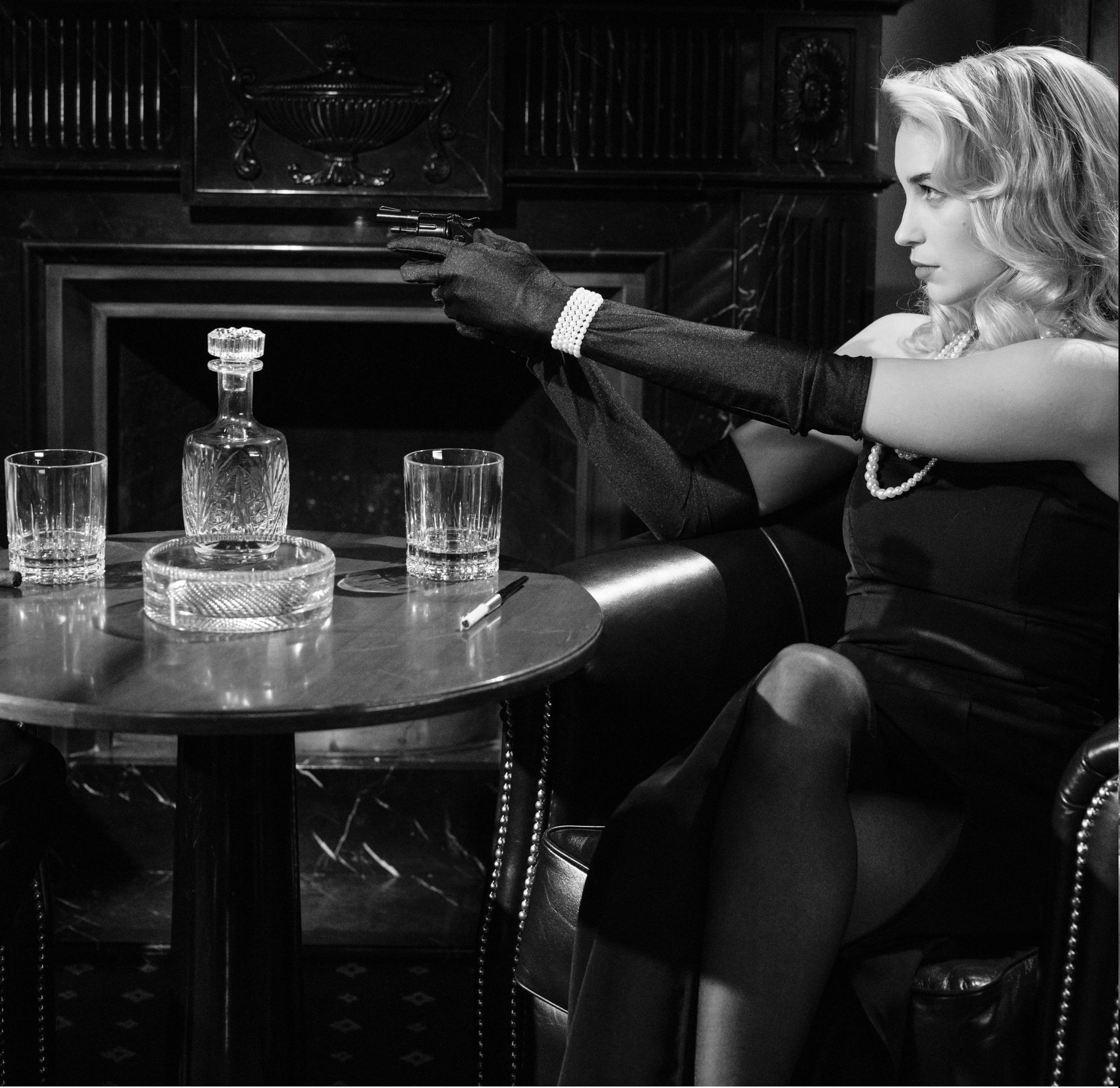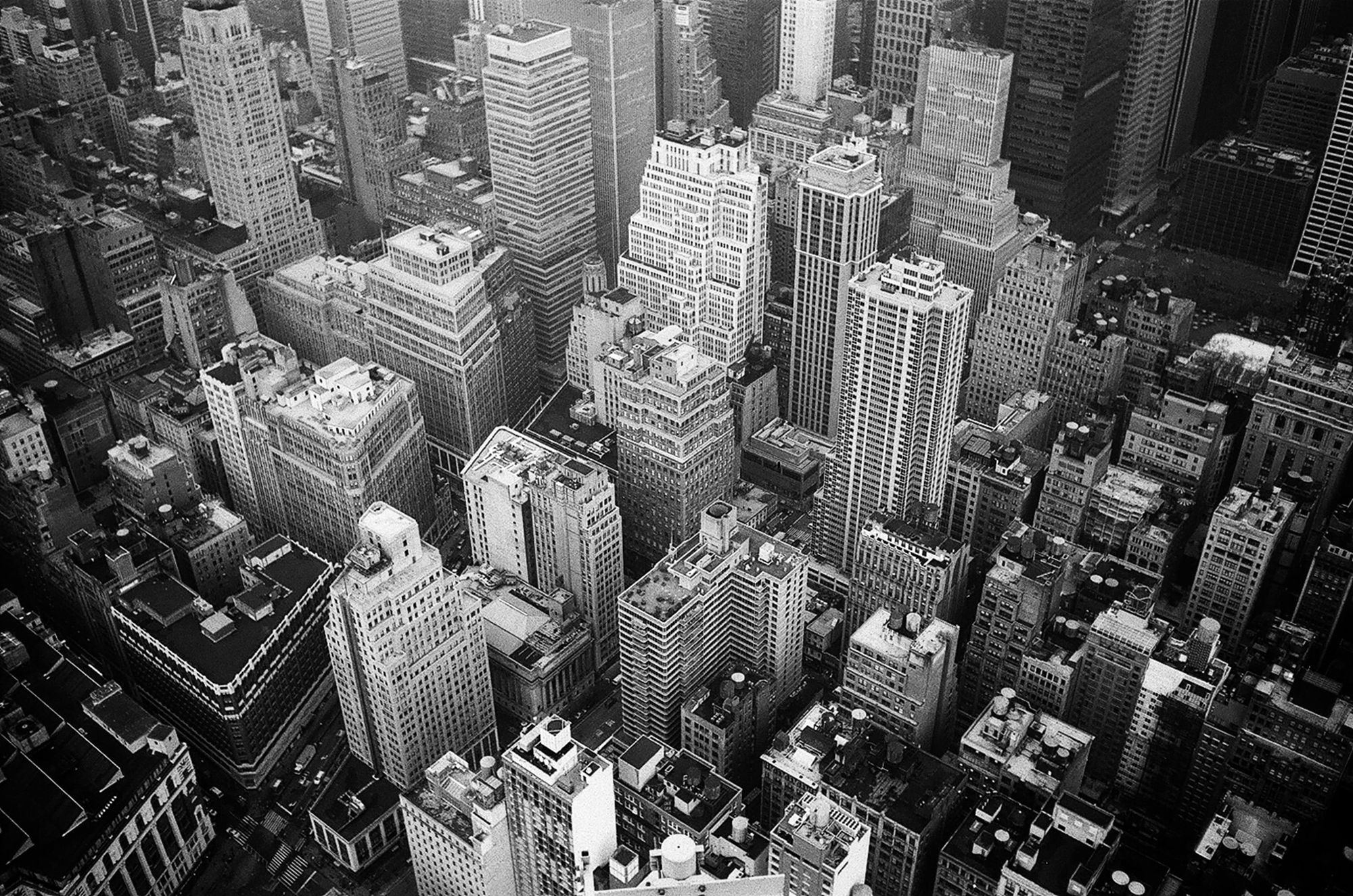Lighting Tips: How to Embody the Film Noir Style With Lighting
Rent film gear from local filmmakers.

Rent film gear from local filmmakers.
Film Noir is a technical and impressive technique in film where light and shadow explicitly reflect the mood.
Mainly used in crime and mystery films in the mid 20th century, this technique has transgressed through to modern cinema and is still prevalent today.
It's a great technique to have under your filmmaking belt, so listen up.
If you are interested in learning more about the general use of lighting, check out our page on film lighting for different kinds of lighting techniques when filming.
What is film noir?
Film noir (French for 'black film') uses low-key lighting to emphasize shadows and silhouettes and create harsh contrasts in film. It focuses less on plot and characters and more on style and mood.
It was first used in renaissance paintings and then became popular in film from 1940-59 but is still used in modern cinema.
Small, focused lights are used to create harsh shadows along with intense key light and backlight, but we'll talk more about the technical setups next.
The different film noir lighting setups
Of course, lighting is the essential part of film noir, so you have to nail this to get the effect. Lucky for you, we've got you covered here with a few setups you could use.

Low-key lighting
Low-key lighting is key (I had to) to achieving the film noir effect. Low-key lighting uses the darkest contrasts and shadows (no mid-tones or whites!) to emphasize gloom and mystery in a shot. An excellent modern example is Joker, which very clearly uses light to reflect the mood.
Chiaroscuro
Chiaroscuro goes hand-in-hand with low-key lighting. First used in a renaissance painting, this works to emphasize shadow and light.
Backlighting
You can get some theatrical and cool effects when using backlighting. You need to make sure you have no stray lights in your setup and use a strong light at the back of your subject, depending on what features you want to emphasize.
Low-angle lighting
Low-angle lighting can create tremendous changes in mood. Try positioning your light low, facing up at your subject at different angles. Perfect for your suspicious characters...

3 Tips on how to light a film noir
1. Always think hard light. For film noir, you want the most substantial contrasts to build up your mysterious mood. Therefore, always use your hardest key lights and backlights for the best effects. (Think Nicholas Musuraca's Stranger on the Third Floor.)
2. Cookies and Gobos. Sadly, these aren't the cookies you eat. Short for Cucoloris, cookies are cutouts that you place in the path of direct light to create a shadow. Go before optics, or Gobos, are cutouts made of glass or metal that go inside your light fixture to create harsh shadows.
3. The darker, the better. The main aim of film noir is to create mystery, so always rely on lighting (or the absence of it) to achieve this. Try the different lighting setups we told you about above and see which works best for your masterpiece.
Essential camera settings in film noir lighting
Now that we've covered how to set up your scene, it's time to set up your camera. There are a few presets to make sure you hit that perfect film noir look every time:
Aperture
Keep this to around f/4 to f/5.6 for portraiture. For more expansive scenes, you can narrow the aperture accordingly for more depth.
ISO
Choose the lowest possible, depending on what your camera will allow.
Shutter speed
Keep this greater than (1/focal length). Try and avoid blurring; we're going for crisp contrasts here!
Metering mode
Spot metering works excellent here. This takes your focus point and nothing else in the shot, which will be a meagre percentage of your frame.
Need some lighting equipment for your film noir set up? Rent or subscribe your lighting equipment.

What’s next? Learn all the essential filmmaking techniques
Now that you've mastered the lighting of film noir, you can begin creating your own gritty films.
However, if you are still unsure about certain aspects of filmmaking, check our article Filmmaking 101 for the basics.
Film Noir FAQ
What is film noir?
A style of filmmaking that uses light and shadow to highlight features and create mystery. You can completely change the mood of a scene by manipulating film noir techniques. Harsh lights are used to develop black shadows and an eerie atmosphere.
How to achieve film noir lighting?
- Lighting setups include low-key lighting, Chiaroscuro, backlighting, and low-angle lighting.
- Set up your camera for f/4 to f/5.6 Aperture, low ISO (1/focal length) or more shutter speed, and spot metering. You're good to go!
- Remember: think dark mood and harsh light!






















